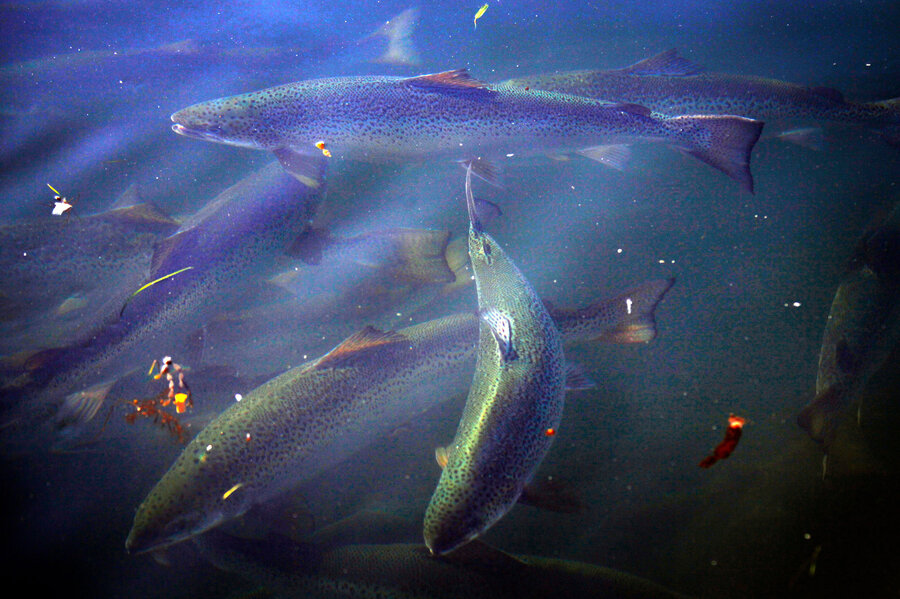What does a future bridge near Seattle say about humanity's past?
Loading...
What began as a nod to conservation by a state government ended as a surprising discovery of Washington's 10,000-year human history.
Salmon conservation is not normally the business of a state's transportation agency, but in Washington, the State Department of Transportation tries to restore areas near large projects. Nine such projects are underway now, and one of them has caught the attention of the archaeological community.
Archeologists found stone tools buried deep under the river bank slated for a salmon conservation project. The discovery offers new evidence of earlier history of Washington's ancient humans than researchers knew existed. It also reveals the presence of greater cultural diversity than archaeologists had previously thought the area had, according to an article in the journal PaleoAmerica. This all came from "a region notoriously lacking" significant sites such as this.
Other sites in the area are few and include only ancient animals, not humans, the Seattle Times reports.
The Washington State Department of Transportation funded most of an $11-million dollar project by the city of Redmond, Wash., to restore 16 acres of salmon habitat at a creek next to Redmond Town Center mall. The project was a response to ecological disturbance from a new floating bridge currently under construction over Lake Washington. An archaeological dig began before the conservation construction.
The dig was routine, but the discovery at the creek was not. The newly unearthed slice of human history is a result of conservationists, scientists, and the construction industry working in tandem.
Archaeologists used a chemical analysis of the tools to understand how they were used, revealing the ancient humans of Washington ate bison, deer, bear, sheep, and salmon, the Associated Press reports.
They also found a single salmon bone fragment, which means salmon have inhabited the area's rivers for at least 10,000 years. "Since finding the site was based on a salmon-restoration project, it’s kind of like coming full circle," Robert Kopperl, the archeologist who led the investigation, told the Seattle Times.
He said the dig had unearthed a central camp where groups of people could make and repair tools used to hunt, fish, and gather food.
"We were pretty amazed," Mr. Kopperl said. "This is the oldest archaeological site in the Puget Sound lowland with stone tools."
The rare find was possible because a layer of peat – nearly 10,000 years old – had formed on top of the ancient camp. The peat had protected the artifacts from time and weather. Few sites like this have been found because of the area's lush greenery.
"It’s hard to find this kind of site west of the Cascades, because it’s so heavily vegetated and the Puget Lobe of the big ice sheet really affected the landscape," Mr. Kopperl said.
After researchers finish with the tools, they will go to the local Muckleshoot tribe, the Seattle Times reports. They will add a protected layer of soil to the rest of the site, and signs will go up explaining the history to visitors next year.








